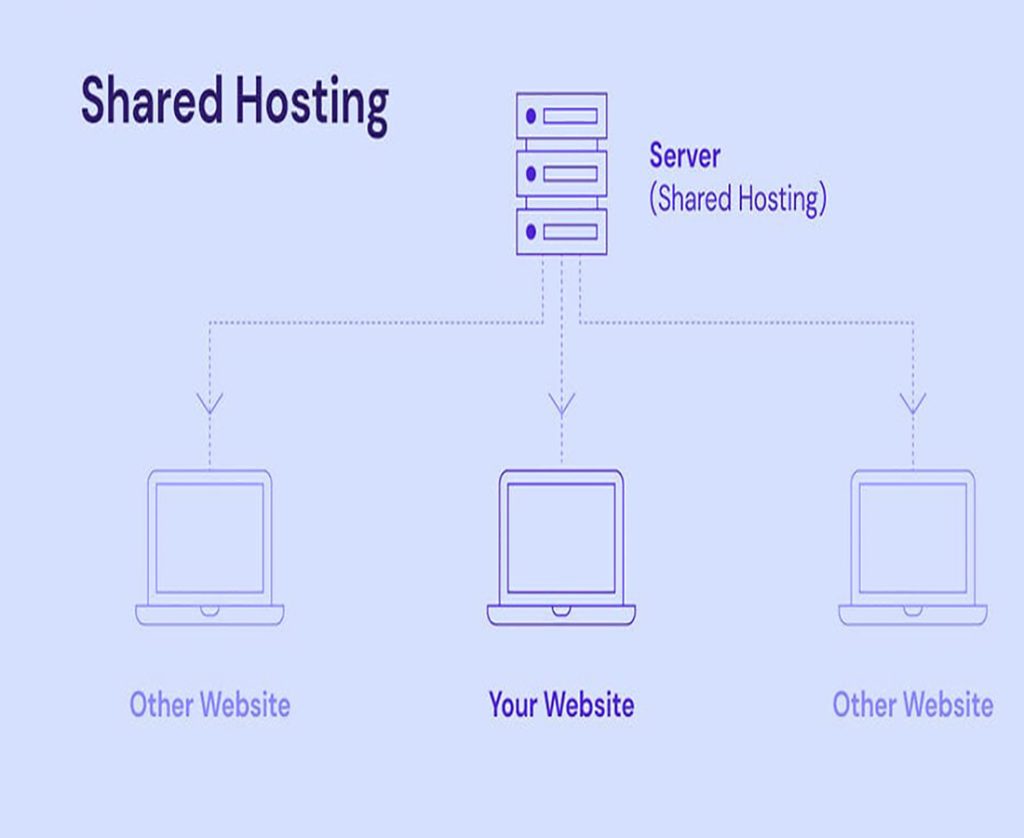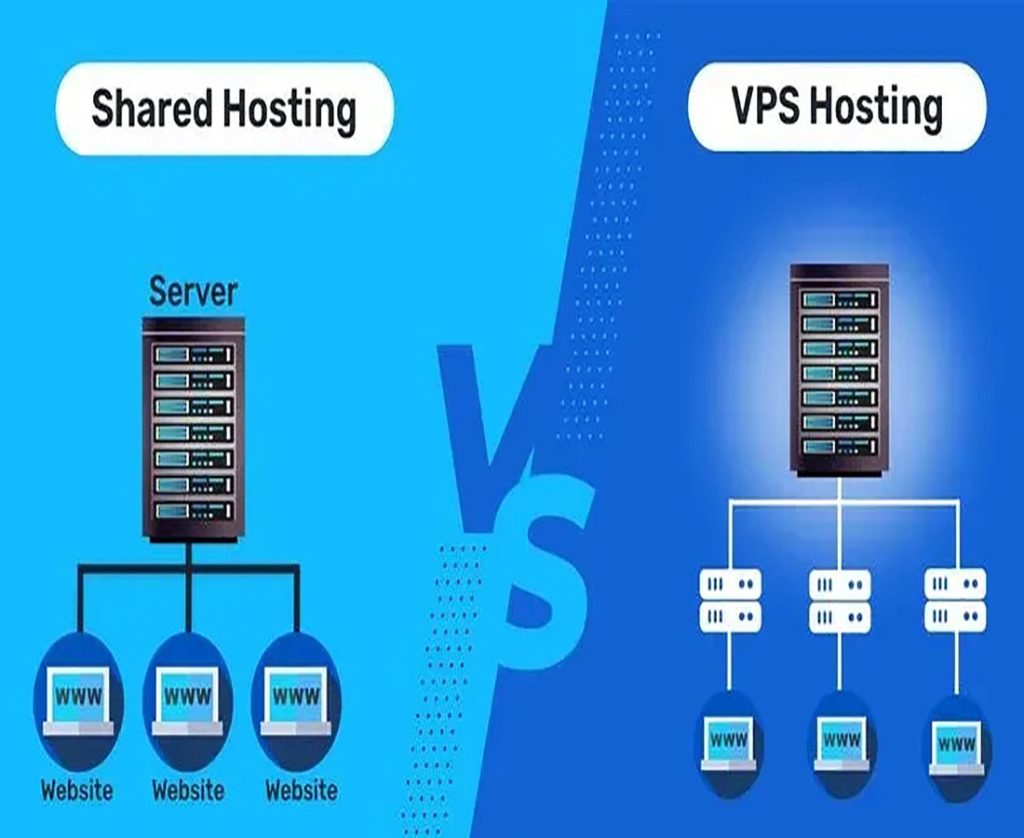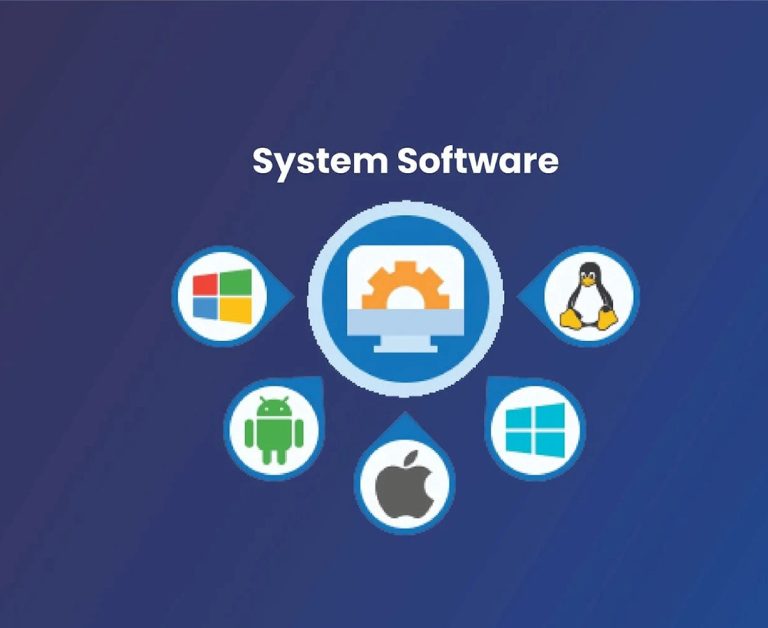I still remember the exact moment I pressed “Confirm Purchase” on my very first web hosting plan. My palms were sweaty, my heart was racing, and I kept second-guessing myself. Was I wasting money? Was I about to break something I couldn’t fix? Or was I taking my very first step into a new digital world where my ideas could live and breathe?
That first plan was a shared hosting package. I had no idea what “shared” meant back then, except that it was the cheapest option on the screen. The price tag said just a few dollars a month, and at the time that felt almost too good to be true. But I clicked. The welcome email came in seconds later. Suddenly, I had login credentials, a control panel, and something called a “server.”
That nervous little click ended up shaping the entire way I understood the internet.
What Shared Hosting Really Means
Shared hosting is often explained with technical jargon, but the best analogy I’ve ever come across is this: it’s like living in an apartment complex. You don’t own the whole building—you rent a unit. Your neighbors live right next to you, and while you share water, electricity, and sometimes even noise, you still get your own space to decorate however you like.
On a shared server, dozens—or even hundreds—of websites coexist. The hosting provider manages the “building”: the electricity (power supply), the plumbing (bandwidth), and the security guards (server firewalls). You, the tenant, just have to worry about furnishing your apartment (uploading files, building your site, customizing your content).
When I first understood this, it clicked for me. I wasn’t in over my head. I was just a tenant in a digital apartment complex, and someone else was in charge of the plumbing.

My First Steps – From Blank Screen to Website
The first thing I did with my shared hosting plan was set up WordPress. The provider offered a “one-click install” button, and I swear I clicked it three times just to be sure it worked. Within minutes, my browser showed a blank WordPress page with “Hello World!” in bold letters.
It wasn’t glamorous, but it was alive. And it was mine.
Over the next week, I uploaded images, chose a free theme, and wrote my first blog post. It was clumsy, filled with typos, and the design looked like it belonged in 2009. But I’ll never forget the feeling of typing my domain into the address bar and seeing something appear. Something I had created.
That moment is exactly why I still tell beginners to start with shared hosting. There’s nothing like the rush of seeing your own ideas go live for the very first time.
Why Shared Hosting Hooked Me
1. The Price That Made It Possible
When I was a student, I could barely afford textbooks, let alone servers. Shared hosting was cheap—sometimes as low as \$2.99 a month. Without that price point, I never would have started.
2. Simplicity Over Complexity
I didn’t know Linux commands. I had no idea how to configure Apache or Nginx. But shared hosting providers gave me cPanel, a graphical control panel that turned complicated server tasks into a few simple clicks. I could create email addresses, set up databases, and install apps without ever touching a command line.
3. Safety Net for Mistakes
I broke my site a dozen times in those early days. Installed plugins that crashed the site. Deleted files I shouldn’t have. But every time, the hosting support team was there to help restore things. I’ll never forget one tech agent from Bluehost who patiently walked me through restoring a backup at 2 a.m.
4. A Community of Learners
Because shared hosting is so common, there’s an entire ecosystem of forums, YouTube tutorials, and guides. I spent nights on WPBeginner learning how to speed up my site, or scrolling HostingAdvice.com for provider comparisons before my next renewal.
Shared hosting wasn’t just hosting—it was a community.
The Rough Patches – When Sharing Hurts
It wasn’t all smooth sailing. Sharing comes with downsides.
The first time I noticed, my blog slowed to a crawl one evening. I thought I had broken something again, but when I contacted support, they explained another website on the same server was eating up resources. It felt like living in an apartment building where your neighbor throws a party at 2 a.m., and suddenly you can’t sleep.
There were also limits: storage caps, bandwidth restrictions, email account quotas. Once, when I uploaded a massive photo gallery, I hit my storage limit and had to upgrade.
These frustrations taught me patience—and taught me that shared hosting is perfect for beginners and small websites, but not for high-traffic enterprises.
The Providers I Tried
Over time, I grew curious. I wanted to know how different shared hosting providers stacked up. I tested several:
- GoDaddy: Famous for domains, but its shared hosting was straightforward and bundled nicely with their site builder. Easy for absolute beginners.
- Hostinger: Shockingly affordable. I hosted two small projects here and was amazed at how polished their custom control panel looked compared to old-school cPanel.
- Bluehost: Everywhere I turned, WPBeginner recommended them. I tried it and appreciated the seamless WordPress integration.
- SiteGround: This one came highly recommended on PCMag and TechRadar. The performance was faster than cheaper hosts, and the support team felt genuinely knowledgeable.
- ScalaHosting: I discovered it via HostingFacts.com. It offered creative tools and custom-built control options that I found fascinating.
- DreamHost: Their promise of unlimited bandwidth was a lifesaver during one of my viral traffic spikes.
Each of these providers gave me something different. Some excelled in price, some in reliability, some in features.

The Review Platforms That Helped Me Navigate
Whenever I felt lost, I turned to review sites. Some of my trusted go-to platforms were:
- HostingAdvice.com – Their breakdowns felt like conversations, not sales pitches.
- PCMag – I relied on their performance ratings when comparing speed.
- TechRadar – Their detailed pros and cons gave me perspective.
- WPBeginner – My favorite for WordPress-specific hosting tips.
- HostingFacts.com – Loved their uptime and speed test data.
- WhoIsHostingThis.com – Helped me understand provider reliability and alternatives.
These sites became my map in the messy jungle of hosting.
Emotional Memories Tied to Shared Hosting
Shared hosting isn’t just technical for me—it’s emotional.
I’ll never forget the day my blog hit 100 visitors in one afternoon. I stared at the analytics chart climbing upward and felt a mix of disbelief and pride. It wasn’t much compared to the giants of the internet, but for me, it meant strangers cared enough to read my words.
Another time, I helped a friend set up an online jewelry store on a shared plan. The night she got her first order, she cried tears of joy. That sale was powered by a \$3.99 shared hosting plan. It was proof that affordable hosting could spark real businesses.
The Moment I Outgrew Shared Hosting
Eventually, my projects grew bigger. I needed more bandwidth, more customization, more power. That’s when I explored VPS and later cloud hosting.
But I didn’t see leaving shared hosting as abandoning it. I saw it as graduating. Shared hosting gave me the playground I needed to learn. Without it, I would never have had the courage to expand into more advanced solutions.
Why I Still Recommend Shared Hosting Today
Even after years of running bigger sites, I still recommend shared hosting to newcomers.
It’s the cheapest, simplest way to get online. It teaches you the fundamentals without overwhelming you. And thanks to trusted review platforms like HostingAdvice, PCMag, and TechRadar, anyone can find the provider that fits their needs.
I’ve seen small businesses, bloggers, and even non-profits find their first online home on shared servers. For many, that’s enough. For others, it’s just the beginning of a bigger journey.
What Shared Hosting Gave Me
When I look back, I smile at how nervous I was before that first purchase. I had no idea what I was doing. But shared hosting didn’t just give me a website—it gave me confidence. It gave me a place to experiment, to fail, to succeed, and to grow.
Even now, when I log into a control panel and see that familiar dashboard, I feel a surge of possibility. It’s a reminder that behind every domain name is a dream waiting to be realized.
And for so many of us, that dream starts with shared hosting.








-768x628.jpg)
+ There are no comments
Add yours